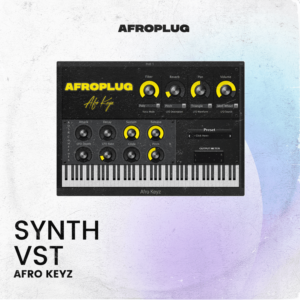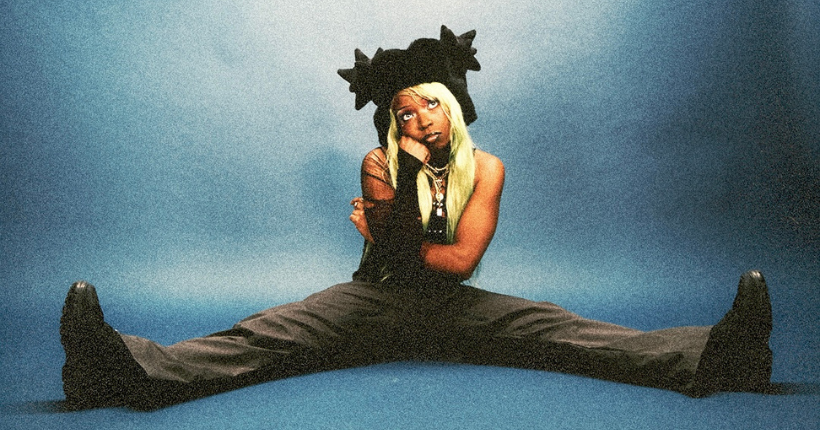You can contact us 24/7 via our Support team
US$0.00
Best discounts this week for your next hits
Afro Keyz – Synth VST
Shattayard – Dancehall Shatta VST
Caribbean music has always evolved through its people: their struggles, their celebrations, their identities, and the way they transform rhythm into language. Among the many genres born on the islands, Shatta and Bouyon stand out not only because of their energy, but because of the stories behind them.
These genres didn’t simply appear — they were shaped by communities, by cultural tension, by street life, by carnival life, and by the desire to create something that feels truly ours.
For producers who want to capture these sounds authentically, understanding the history, the roots, and the technical DNA of Shatta and Bouyon is essential.
This article dives deep into both genres, their cultural meaning, and how they evolved from local movements to global forces.
1. The Origins of Shatta: The Streets of Guadeloupe & Martinique
Shatta didn’t start as a “genre” — it started as a movement.
A Generation Searching for Its Sound
In the late 2000s and early 2010s, a new wave of young people in Guadeloupe and Martinique were hungry for a sound that reflected their world. Dancehall was huge on the islands, but it was Jamaican. Rap was influential, but it was American or French.
These kids wanted something local, something that didn’t imitate — something that expressed their identity, their slang, their attitude, their environment.
Dancehall Meets French Caribbean Reality
Shatta began as an aggressive, raw, Caribbean interpretation of dancehall. The beats became heavier, darker, and more minimal than traditional dancehall, driven by 808s and infused with the tension of French Caribbean streets.
The early producers who shaped the sound experimented with:
- 808-driven basslines
- Trap-influenced drums
- Chopped samples
- Vocals processed with strong autotune
Shatta became the musical language of:
- Street pride
- Neighborhood identity
- Youth rebellion
- Sensuality and performance
- Stories of survival and ambition
The Rise of Shatta Artists
Artists in Guadeloupe and Martinique began to rap and sing in a blended style — half dancehall, half trap, fully Caribbean. The sound spread through:
- Bluetooth phones
- Free downloads
- Local clubs
- YouTube
- Block parties
Shatta became the soundtrack of a generation.
2. The Origins of Bouyon: Dominica’s Cultural Revolution
If Shatta was born in the streets, Bouyon was born in the heart of Dominica’s cultural identity.
The Early 1990s: A New Sonic Experiment
In 1990–1991, the band WCK (Windward Caribbean Kulture) began experimenting with blending Dominican rhythms like:
- Cadence-Lypso (a hybrid of calypso + cadence)
- Jing Ping (traditional Dominican folk music)with:
- Drum machines
- Electronic keyboards
- Live band energy
This experiment became Bouyon — a completely new style that fused the past and the future of Dominica.
A Genre Built for Movement
From the start, Bouyon was built for:
- Carnival
- Fêtes
- Outdoor events
- Jump-up sessions
- Collective dancing
It wasn’t a genre you could stand still to. The drums were rolling, the tempo was high, and the chants were hypnotic.
The Social Function of Bouyon
Bouyon became Dominica’s musical identity — loud, proud, and impossible to ignore. Unlike Shatta, which developed in urban neighborhoods, Bouyon grew through:
- School events
- Cultural festivals
- Village gatherings
- Live band competitions
It was music of community, not individuality.
3. Evolution of the Genres: How They Grew & Transformed
Shatta’s Evolution
Shatta has gone through several eras:
- The Raw Street Era: Beats were basic, bass-heavy, and harsh.
- The Experimental Era: Trap and EDM elements blended with dancehall.
- The Modern Melodic Era: More melodic flows, better production quality.
Producers began designing:
- Cleaner 808s
- Punchier kicks
- Atmospheric pads
- Minimalist melodies
- Better vocal chains
Shatta became more refined without losing its attitude.
Bouyon’s Evolution
Bouyon evolved too:
- Classic Bouyon (90s): Live band, heavy drums, cultural rhythms.
- Modern Bouyon (2000s onward): Faster tempo, electronic influence.
- Bouyon-Amapiano, Bouyon-EDM, Bouyon-Trap: Fusion sounds emerging from the diaspora.
The genre became more global, more digital, and more experimental — while still keeping its carnival heart.
4. Production Breakdown: Shatta vs Bouyon
Shatta Production DNA
Shatta is defined by:
- 808 basslines
- Mid-tempo bounce (90–110 BPM)
- Minimal drums
- Moody synths
- Autotuned vocals
- Space for attitude
Producers focus on groove, vocal clarity, and heavy low-end.
Bouyon Production DNA
Bouyon is defined by:
- 140–160 BPM
- Rolling snares and percussions
- Bright synths
- Group chants
- Energy peaks and drops
Producers focus on movement, density, and rhythmic layering.
5. Why These Genres Matter Today
Both genres now influence:
- DJs
- Festival culture
- TikTok dance trends
- International collaborations
- Global club production
Shatta represents street identity and ego.
Bouyon represents collective celebration and adrenaline.
Both carry the Caribbean spirit, but in completely different emotional languages.
6. Afroplug: Bringing Authentic Shatta & Bouyon to Producers Worldwide
As these genres grow globally, producers everywhere want to capture their real sound — not generic trap samples or watered-down dancehall kits.
Afroplug solves that problem.
Afroplug provides:
- Authentic Bouyon loops
- Authentic Shatta loops
- Caribbean 808s, drums, and vocal chops
- Plugins made for modern island production
The packs are created by real Caribbean producers who understand:
- The groove
- The culture
- The energy
- The identity
- The rhythm logic of each genre
Whether you’re creating a Shatta street anthem, a Bouyon carnival heater, or a fusion track, Afroplug gives you the tools to stay authentic, professional, and connected to the culture.


